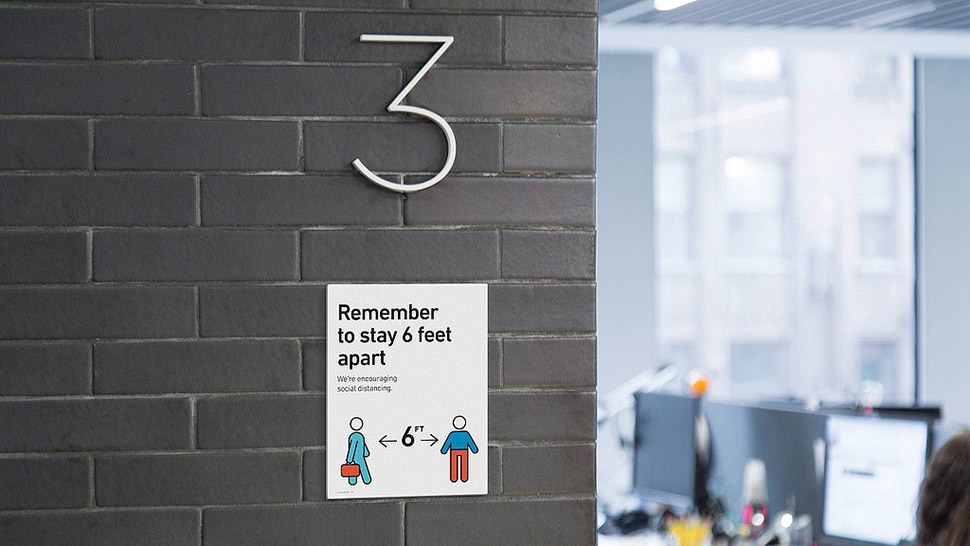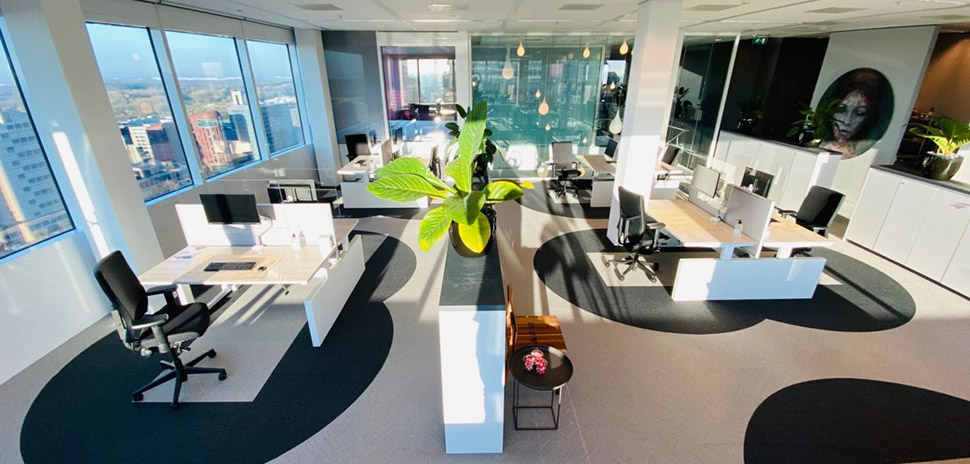Stay-at-home orders accelerated the work-from-home movement. Now, property owners and commercial real estate professionals are working to determine what the impact will be when the pandemic subsides and everything shakes out. Two new research reports offer some initial guidance.
A recent study from global architecture, design, and planning firm Gensler finds that although employees have adjusted to remote working, most would choose to return to the office. Researchers surveyed more than 2,300 full-time workers at companies with employees of 100 or more across 10 industries. It found that 44 percent do not want to work from home, 44 percent would embrace a flexible combination of office and remote working, and 12 percent would choose to work solely off site.
Seventy-four percent of respondents said “the people” are what they miss most about the office. “The workplace is all about connection,” said Kelly Moore, Gensler strategy director and South-Central regional area practice leader for consulting. “Workers want scheduled meetings with colleagues face to face. We can certainly socialize over the phone and in our virtual world, but there’s something very different about it when it’s that face-to-face atmosphere.”
Impact on Office Demand
A study from Cushman & Wakefield suggests that remote work will become a permanent part of the future—but working at the office will still be a primary focus. The firm compared results from surveys taken before the pandemic with about 50,000 responses gathered afterward. The data suggests that the workplace will no longer be a single location but an ecosystem of a variety of locations. The purpose of the office will be to provide inspiring destinations that strengthen cultural connection, learning, bonding with customers and colleagues, and support innovation.
Cushman & Wakefield expects demand to remain steady balancing social distancing’s relaxing of space density with fewer workers occupying space simultaneously.
Ran Holman, who leads Cushman & Wakefield’s Dallas office, said that new workplace strategies will be influenced by local markets. “As these ecosystems develop,” he said, “they will develop with the character of the marketplace.”

Ran Holman, Cushman & Wakefield
According to the study, three-quarters of workers said collaboration has been easier with remote-work tools—an increase of 10 percent over pre-COVID respondents. Most of the collaboration, though, has been task-oriented. What’s missing from remote working are opportunities for informal learning and mentorship.
“Where relationships exist, they can be maintained [through technology],” Holman said. “It is more difficult to get a sense for somebody you don’t know when you’re not face-to-face.”
Dallas-Fort Worth has been a top-performing office market for a long stretch. According to second quarter numbers from Cresa, the region has a current office vacancy of 16.6 percent, up just a bit from 16.1 percent for the first three months of the year.
Holman said Cushman & Wakefield’s data suggests size requirements by tenants will mostly remain unchanged. “We expect current real estate footprint sizes to remain steady,” he said. “Flexible working practices may result in fewer people in the office at any one time, but that space-saving is offset by the need to accommodate social distancing in the office.”

Photo: Gensler
A version of this story first published in the Summer 2020 edition of the Dallas-Fort Worth Real Estate Review.
Read the digital edition of Dallas Innovates’ sister publication, the Real Estate Review, on Issuu.
Sign up for the digital alert here.
![]()
Get on the list.
Dallas Innovates, every day.
Sign up to keep your eye on what’s new and next in Dallas-Fort Worth, every day.
































